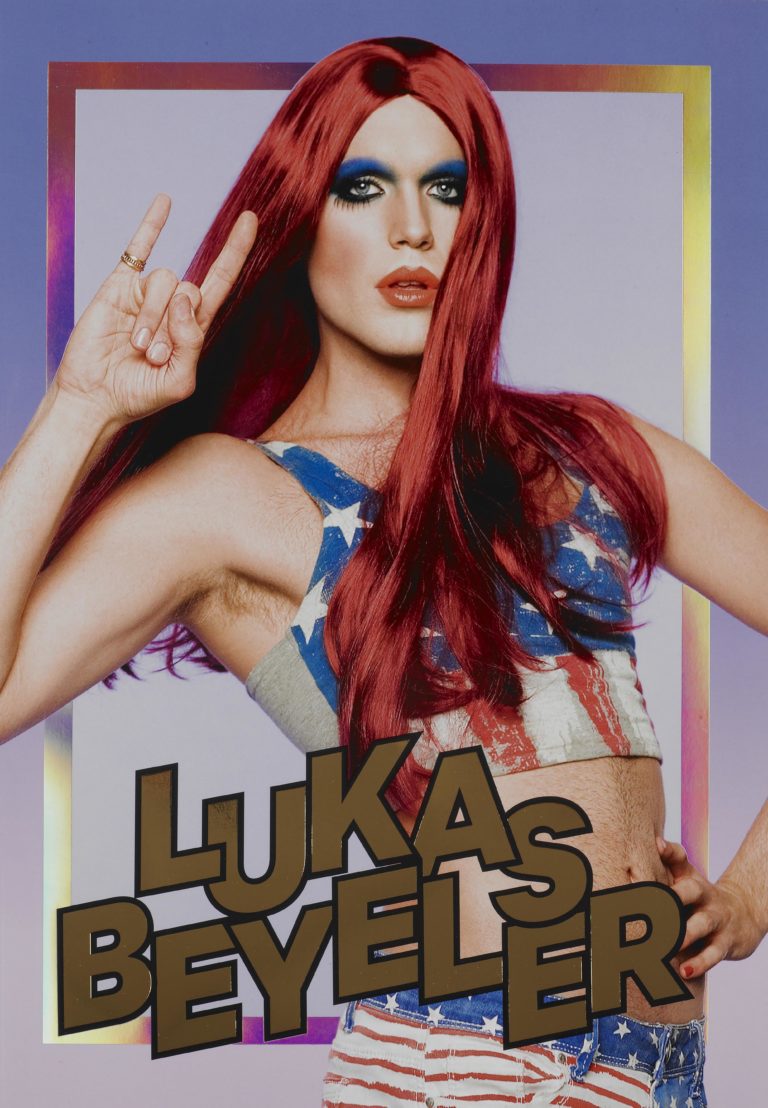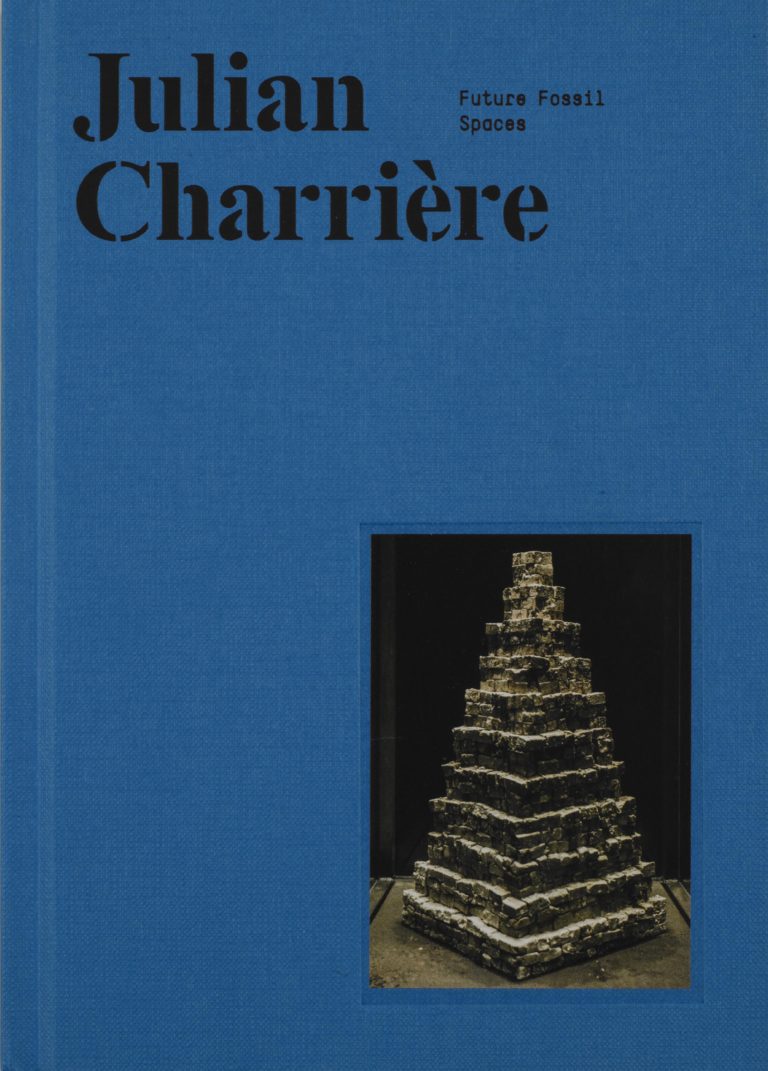![Accrochage [Vaud 2014] & Lukas Beyeler, Prix du Jury 2013 <br>Julian Charrière. Future Fossil Spaces, Prix culturel Manor Vaud 2014](https://www.mcba.ch/wp-content/uploads/2019/01/Affiche_Accrochage_PrixManor_FR-light-1-1-2304x3216.jpg)
Accrochage [Vaud 2014] & Lukas Beyeler, Prix du Jury 2013
Julian Charrière. Future Fossil Spaces, Prix culturel Manor Vaud 2014
The exhibition showcased the contemporary artistic scene of Vaud, with works selected through an open submission process by a jury of professionals. Whether painting, sculpture, photography, or video, the art being created in the Canton was highlighted to close the year in style, with a room dedicated to the exhibition of the 2013 Jury Prize winner, Lukas Beyeler (*1980).
The Jury of Accrochage [Vaud 2014]
Aloïs Godinat, artist, Lausanne; Samuel Gross, director of the Speerstra Foundation, Apples; Felicity Lunn, director of the PasquArt Centre, Biel; and Sabine Rusterholz, director of the Kunsthaus Glarus. The jury selected 48 works by 32 artists.
The 2014 Jury Prize was awarded to Anne Hildbrand.
List of Selected Artists
Céline Amendola, Emmanuelle Antille, Sophie Ballmer, Delphine Burtin, Maëlle Cornut, Sylvain Croci-Torti, Nicolas Delaroche, Guillaume Dénervaud, Simon Deppierraz, Noémie Doge, Jacques Duboux, Livia Salome Gnos, Anne Hildbrand, Jean-Christophe Huguenin, Florian Javet and Michael Rampa, Lucie Kohler, Stéphane Kropf, Mingjun Luo, Emanuele Marcuccio, Line Marquis, Genêt Mayor, Sébastien Mennet, David Monnet, Banu Narciso, Virginie Otth, Jérôme Pfister, Stéphanie Pfister, Nicolas Raufaste, Maya Rochat, Marie-Luce Ruffieux, Léonore Thélin, Arnaud Wohlhauser.
The exhibition is supported by
Lukas Beyeler. Instant Win. Jury Award 2013
Winner of the 2013 jury prize, Lukas Beyeler was awarded the prize last year for his video entitled Everyone Wants Me, It’s My Biggest Downfall. Born in Lausanne in 1980, Lukas Beyeler trained at ECAL, where he was awarded the Manganel prize on completing his studies, and has lived and worked in Zurich for a number of years. His photographs and videos cast actors and friends from his circle in Zurich in poses and scenarios which, as Florence Grivel writes in her contribution to the catalogue, follow “a tradition which merges pop, gay glamour and eighties aesthetic images.”
For his exhibition in Lausanne, Lukas Beyeler has created an environment from scratch in which references to architecture and popular culture collide. A video inspired by the frontage of the Ennis House by Frank Lloyd Wright in Beverly Hills, which is famous for its relief ornamentation, is projected on the wall whilst tiles produced by the artist on the same lines adorn a fake tomb in the centre of the room. A corridor leading to this room, which is lined with Japanese pinball machines, welcomes visitors. Japan is a major influence for the artist; he has been fascinated since childhood both by the language – which he speaks fluently – and by the gadgets manufactured in the country.
Lukas Beyeler will orchestrate performances to echo his installation both at the private viewing and also as part of the Festival des créations emergentes Les Urbaines in December 2014.
Julian Charrière. Future Fossil Spaces
Prix culturel Manor Vaud 2014
The Musée cantonal des Beaux-Arts in Lausanne presents the first museum exhibition dedicated to Julian Charrière, winner of the 2014 Manor Vaud cultural prize. Born in Morges in 1987, he studied at ECAV (École cantonale d’art du Valais) and at the Institut für Raumexperimente in Berlin, under the guidance of Olafur Eliasson. Julian Charrière now lives and works in Berlin. His work, which is a blend of conceptual explorations and poetic archaeology, is similar to a research process which includes performances and photographic documentations as well as installations. Charrière’s works – bricks made of materials from the world’s great rivers, core samples which reveal the sediment of a Berlin pavement, globes which have been sanded until the names of territories disappear – are anchored in the physical substance of the places they explore and also generate new geographies.
The exhibition designed by Julian Charrière for the Museum brings together works for which the artist travelled to Iceland, Kazakhstan, the Atacama Desert (Chile), Bolivia and Argentina. It is entitled Future Fossil Spaces, a title which is a nod to The Blue Fossil Entropic Stories, three photographs which were taken during an expedition undertaken in 2013, when the artist climbed an iceberg in the Arctic Ocean and attempted to melt the ice underfoot using a gas blowtorch for over eight hours. The fossils mentioned in this instance do not refer to animal or mineral traces captured in rocks but to the Latin etymology, which literally means “obtained by digging”, where the artist’s action involves presenting, there and then in the exhibition space, works which are in dialectic conflict between the two arrows of time, one pointing towards the past and the other pointing towards the future. One of the works, the most understated in the exhibition, is entitled The Key to the Present Lies in the Future (2014). Twenty-four hourglasses containing sand from twenty-four geological periods are hurled by the artist against a wall of the Museum. All that is left of all those eras suddenly brought together in the same place and at the same time as a result of a powerful act are glass debris and sandy remnants. The hourglass itself is already a perfect metonymy of the link between time and space since it allows an interval of time to be measured by the movement of matter. The work echoes that of Robert Smithson, and in particular his thoughts on the issue of non-sites, and recalls one of his works in particular, Hypothetical Continent (Map of Broken Glass: Atlantis), created in 1969, a pile of glass fragments which make up the fictitious map of a lost continent.
Rather than a hypothetical continent, Julian Charrière lays out a fictitious topography, a sort of “energetic garden”, in his exhibition in Lausanne. On the ground, there are strangely beautiful coloured landscapes made from enamelled steel containers full of saline solutions from lithium deposits in Chile, which resemble an aerial view of the deposits; rising high, columns of salt bricks from the same area highlight the tension between a material of the future – lithium – and the time which has had to elapse in order to create it; further on time seems to be frozen in a display cabinet where the artist has deposited plants captured in a sheath of ice; finally, a video filmed in Kazakhstan, at the Semipalatinsk nuclear test site, closes – or opens – the exhibition on the issue of the interdependence between humans and their environment. Entitled Somewhere, the video explores the site of the first Soviet military nuclear tests, where the radiation which was released between 1949 and 1989 remains extremely high today. The desolate and timeless aspect of these landscapes, filmed in a slow motion tracking shot by the artist without any accompanying commentary, lends an unsettling strangeness to them. The past catches up with the future in a constantly expanding present.

